The faces that made up the Tunnels - Photo: DPCC
In 1967, at the Binh An Dong battlefield in Cu Chi district, the US army planned the biggest sweep ever. Every time the US sent troops, they only searched and destroyed and then withdrew, but this time, US planes and tanks surrounded and bombed day and night, seemingly determined to fiercely attack the Cu Chi tunnels, cutting off our army's communication lines.
The task of protecting the intelligence soldiers who were carrying out the mission of transmitting the most important secret documents of the US were 21 Cu Chi guerrillas - 21 farmers who took up arms. Facing them was the world's best fighting American army.
That is the "small" story that Tunnels: Sun in the Dark tells, within the big story of the nation's long-term resistance war to gain peace and unify the country on April 30, 1975.
America lost to Vietnamese farmers
Guerrilla captain Bay Theo (Thai Hoa) confessed: "I'm worried about the kids, they're still very naive, they only know how to crawl into tunnels and set traps. They're guerrillas, they don't know how to fight.
This mission is too big. If we, still young, fight against the Americans, we won't be able to handle it.
Since receiving the top secret mission, Bay Theo has always been like wearing a bomb on his chest. He is angry and swears at everything, to the point that his teammates avoid him.
As the battle became increasingly fierce, and casualties began to appear in the team, he sought out the intelligence captain Hai Thung, not to discuss retreating, but rather: "We... must withdraw, I just want to let the kids know what mission they are sacrificing for."
Trailer Tunnels: Sun in the Dark
It can be seen that director Bui Thac Chuyen has taken a different path when making films about war. He did not choose to make a film with a strong heroic tone, with the main character converging all the noble elements to make the audience cry when they leave. He chose to make a film in the style of a documentary - a slice of life, with a meticulous and detailed description of the life and fighting of the guerrilla team in the Cu Chi tunnels.
The way Bui Thac Chuyen portrays Bay Theo, who often swears, gets angry, doesn't know how to fix broken guns, has many flaws, and is sometimes humorous, is similar to the way he embellishes the very ordinary personalities of Tu Dap (Quang Tuan), Ba Huong (Ho Thu Anh), Ut Kho (Hang Lamoon)...
Tu Dap, Ba Huong, Bay Theo - the three most memorable characters in the Tunnels - Photo: DPCC
All of them convey a message: they are ordinary Vietnamese people, very ordinary, but when the Fatherland needs them, they stand up and take up arms. Leaving their shelters from the rain and sun, they are ready to go underground, living for years in the Cu Chi tunnels, suffocating day and night, to contribute their strength to the revolution, for the day of peace.
There were people like Ba Huong, a hard-working girl who also wanted a husband but during the war she stood up to become the eldest sister of the guerrilla team, Bay Theo’s right-hand man and always fought bravely, not flinching in the face of any difficulties. They truly created the legend of the steel land of Cu Chi.
The color of the Tunnels is very beautiful even though it was mostly shot using flashlights, oil lamps and natural light. The Tunnels are as stifling as its setting because danger lurks at any moment and is ready to strike the guerrillas.
The film has a great soundtrack and sound, tense and dramatic but also does not manipulate emotions too clearly. And above all is the design of the Cu Chi tunnels: very beautiful, very real, giving the viewer a very human image of the tunnels.
Combining all the technical elements, this is the highest quality Vietnamese war film ever produced. According to Tuoi Tre sources, the film's budget is also among the highest ever in the Vietnamese film market.
"You guys can't win"
"Tunnels are people's war" is an important message that director Bui Thac Chuyen incorporates through the proud departure of a rather important character in the story's chain.
Cu Chi has 250km of tunnels. In the 20 years from 1948 to 1968, the US army used hundreds of methods such as using bulldozers to destroy, blowing toxic chemicals, pumping water into the tunnels, using dogs to detect guerrillas, sending troops to directly attack the tunnels but all failed. What was the reason that small people like Bay Theo and Ba Huong were able to protect the tunnels against that army of skilled fighters? It was the human heart.
"The Sun Tunnel in the Dark" shows the world how resilient Vietnam is - Photo: DPCC
When he was captured, Uncle Sau - a leader - said to the American soldiers surrounding him: "You guys probably don't know where the strength of the Viet Cong is, right? Before you were the French, also big ships with big guns and very good at fighting.
In 1946, the French attacked Hanoi . 13,000 troops. The Viet Minh had only over 10,000 men and 2,000 guns. Guess how long the two sides fought? Two months. Then the Viet Minh took the initiative to stop, but the fighting lasted no matter how long. We divided into small forces. When and how we fought was up to us to decide. Unpredictable changes.
People's war, tunnels are people's war. You guys have no way to win."
Southern folk songs and wartime sex

The romantic aspect of the Tunnels is built just right, bringing many emotions to the audience - Photo: Producer
In the evening when the American troops stopped firing, the entire guerrilla team had a rare moment of peace when they heard Ut Kho sing the vọng cổ song "Tan Quynh crying for her friend" by composer Vien Chau - who is considered the forerunner of Southern cải lương:
"La Thanh! Why are you so evil, killing your old friend? Even if you don't love me, you shouldn't have done it. Killing an enemy is better than killing a friend?" and "Don Nhi Ca! Where is the rest of my life, determined to fight until I see the face of the mountains and rivers. Remember the old days when we swore that if I fall, I will lift you up, even if we die, we will keep our promise. But today, we are both naked and naked, and at the execution ground, we part forever."
Some people say that this vọng cổ song is sad and has a content that "discourages" the fighters, but this is a classic vọng cổ song, widely loved in the South. The Tunnel guerrillas are all Southerners, closely connected to the culture of the South, their love for this vọng cổ song is a very real detail in the film.
Moreover, although Tan Quynh cried when telling the story of brothers beheading each other under the orders of the royal court, the message that remained was about brotherhood, loyalty, the tragedy of war, praising the heroic spirit. That spirit was suitable for the situation of the small guerrillas who fought to the end to protect the Cu Chi tunnels from the pursuit and destruction of the world's most skilled American army.
In addition to this detail, in The Tunnels there is also a special aspect that director Bui Thac Chuyen boldly and one could say recklessly included in the film: wartime sex.
For the first time in Vietnamese cinema, there is a sensitive rape scene between "our army with our army", a male guerrilla against a female guerrilla. The scene is filmed delicately, although suffocating, oppressive and resentful, the character's inner feelings are also complexly built: the girl is torn between fear and endurance, but at the same time she also wants to be embraced when she has to live day and night in fear of death of war.
And the remaining scene is a rather romantic choice when a couple is together amidst the fire and bombs, the sound of panting mixed with the sound of bombs. Their love is nurtured and blossomed gradually through the days of fighting together, sublimating in the last minute to create an emotional explosion.
Tuoitre.vn
Source: https://tuoitre.vn/dia-dao-phim-chien-tranh-viet-nam-tam-co-quoc-te-20250404095311459.htm





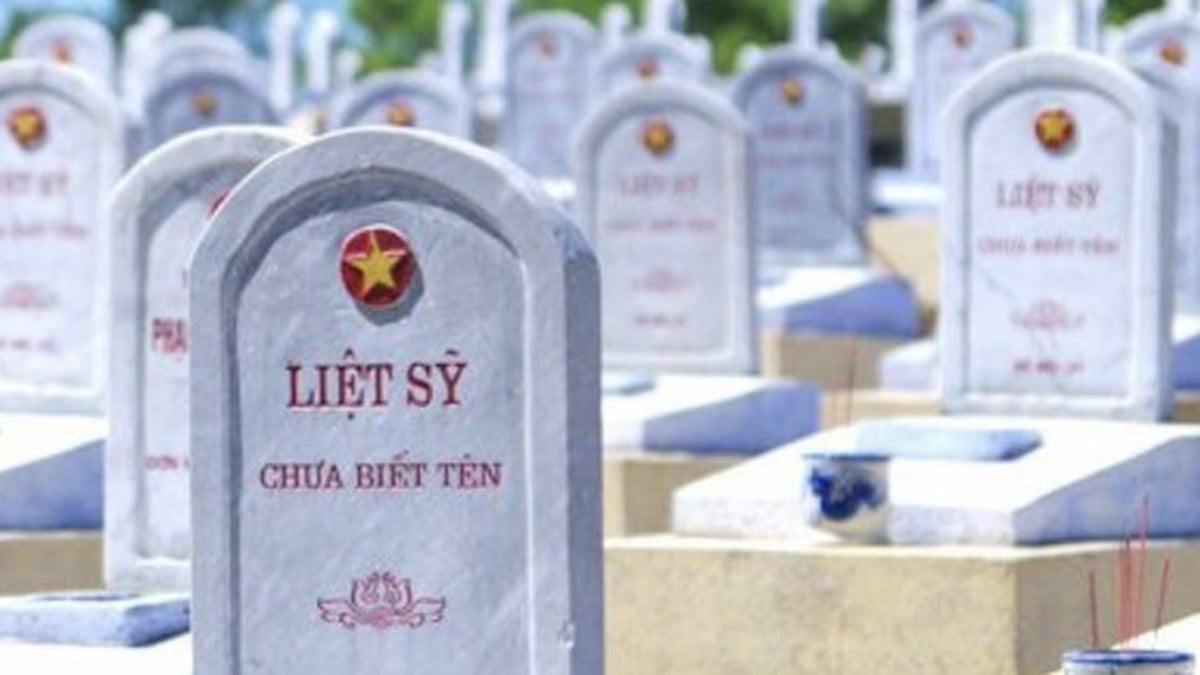


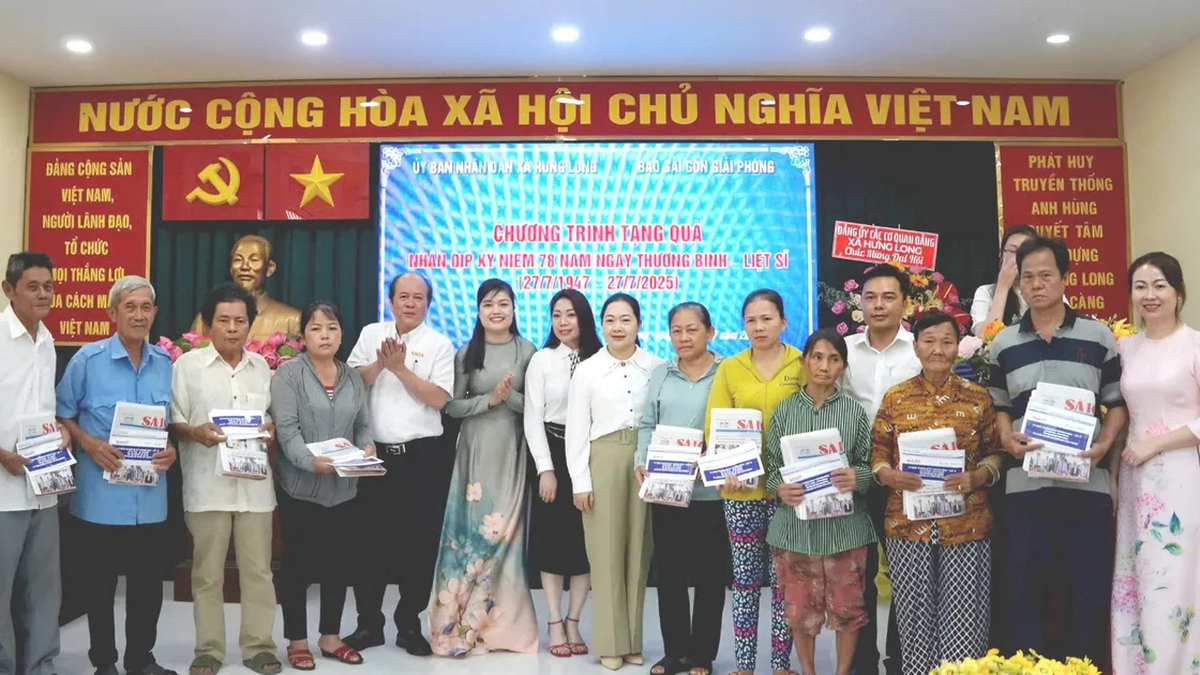



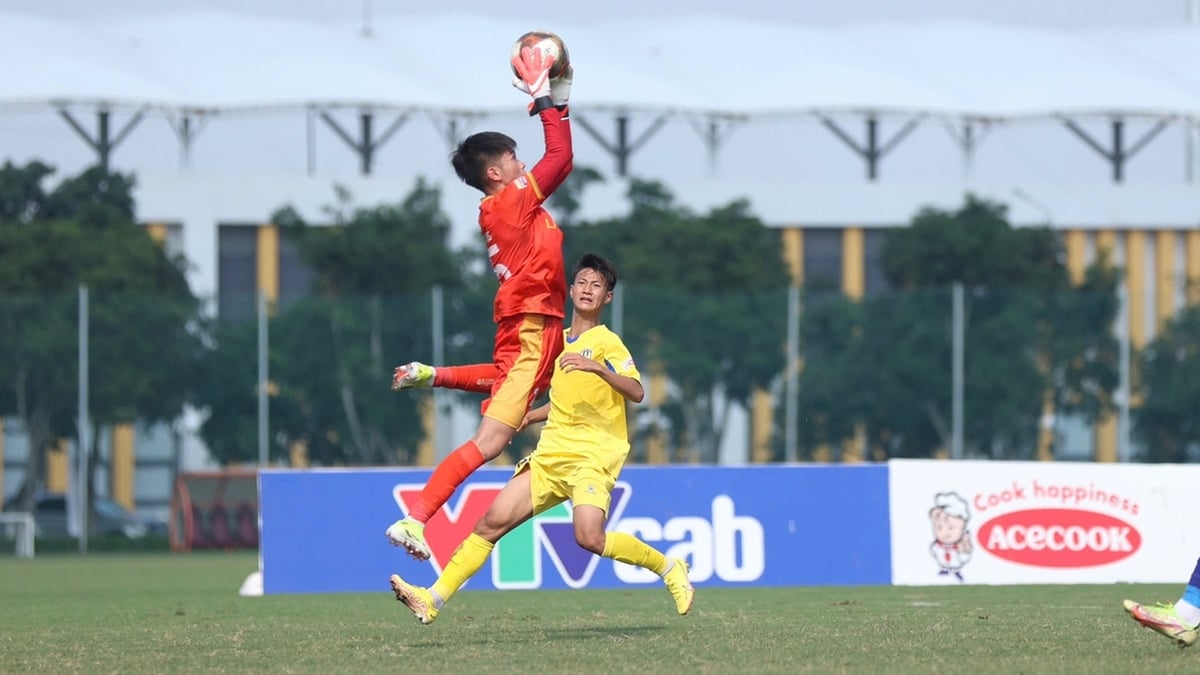
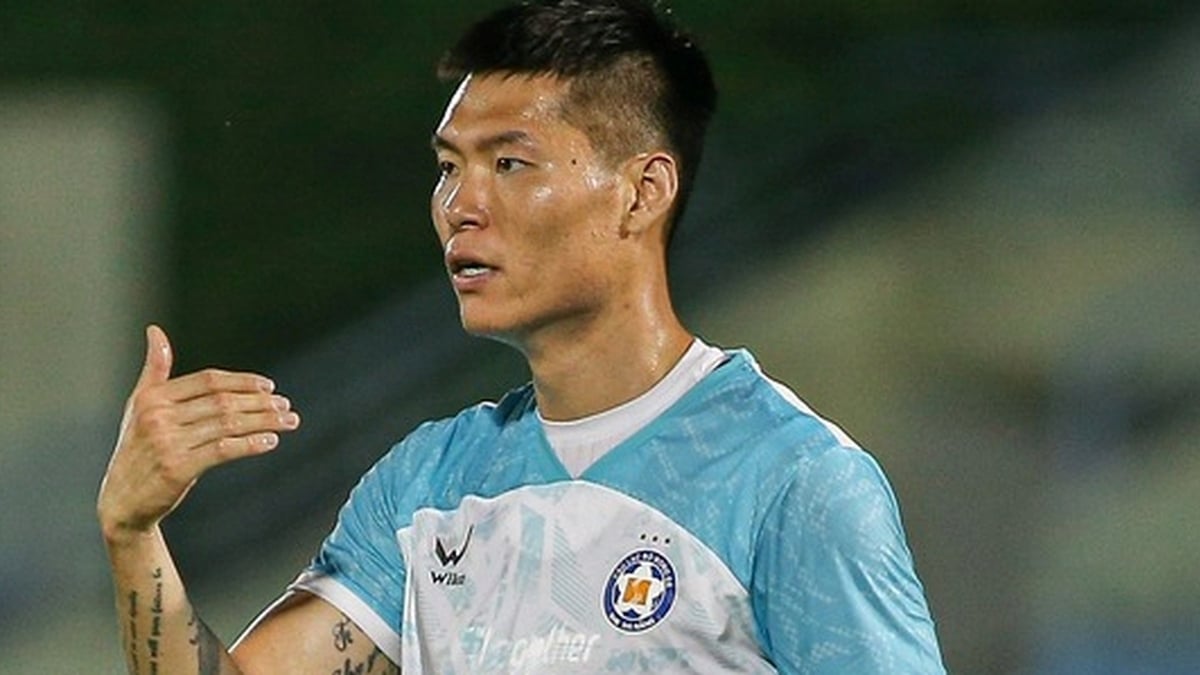











![[Photo] National Assembly Chairman attends the seminar "Building and operating an international financial center and recommendations for Vietnam"](https://vphoto.vietnam.vn/thumb/1200x675/vietnam/resource/IMAGE/2025/7/28/76393436936e457db31ec84433289f72)
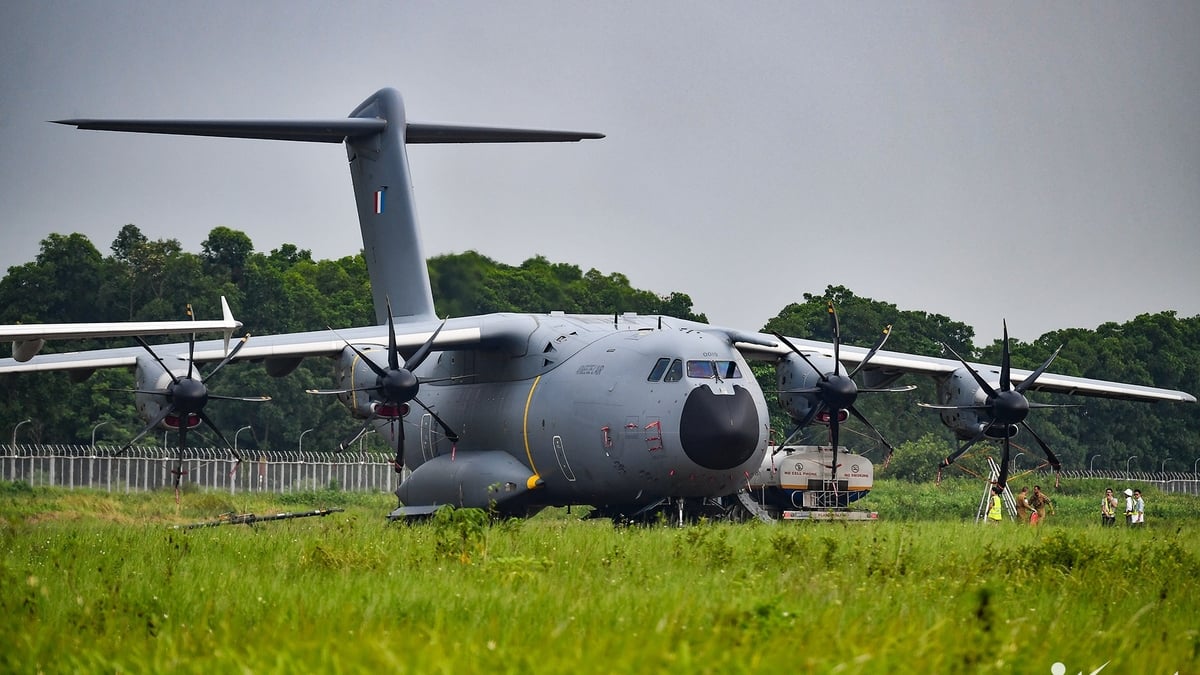
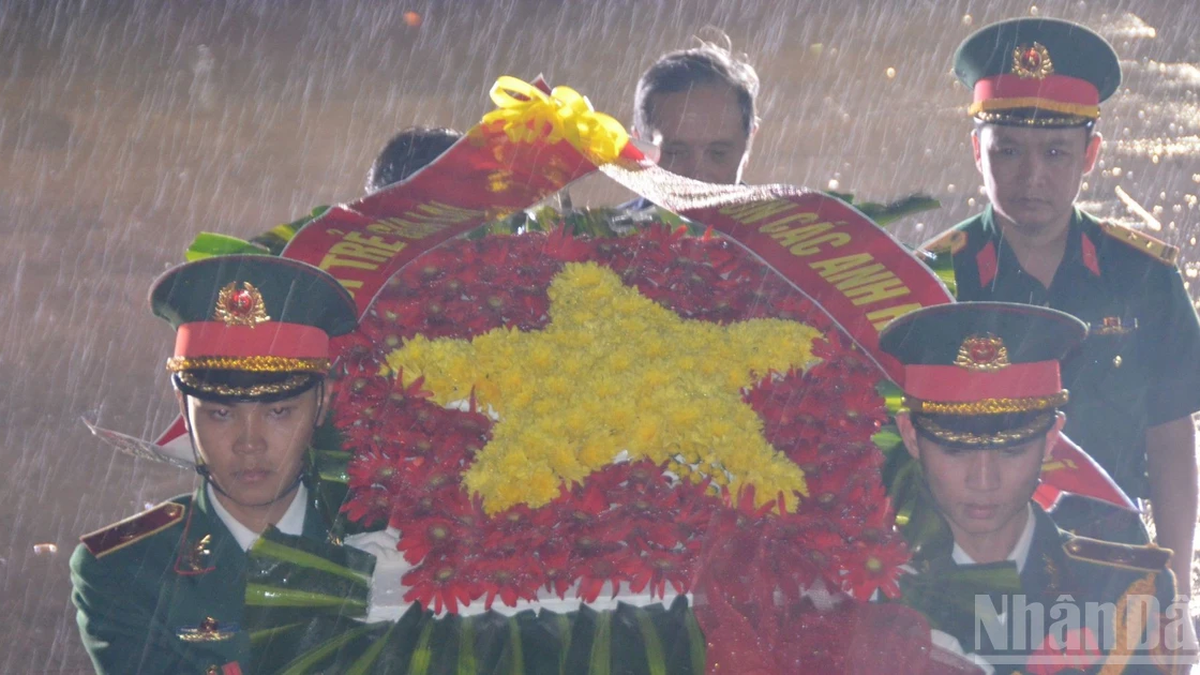





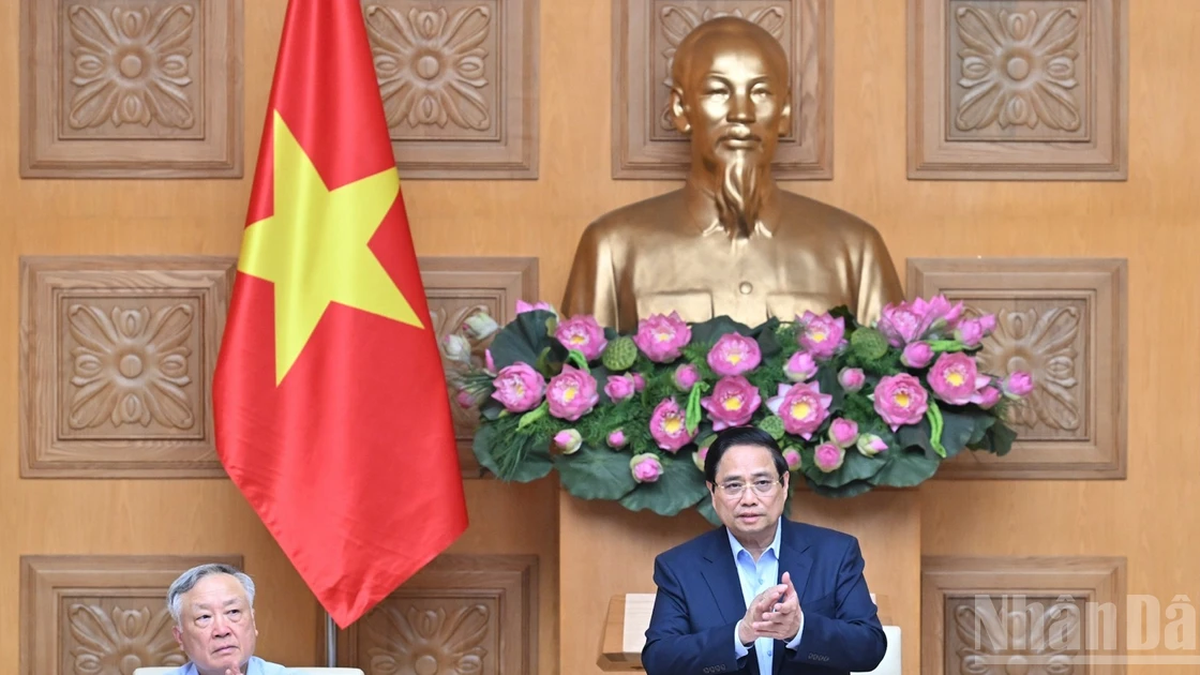

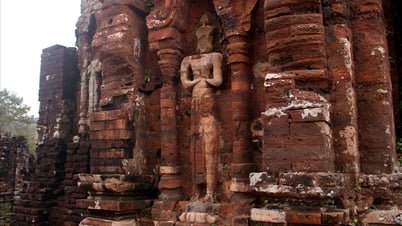

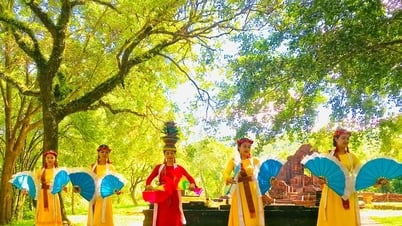

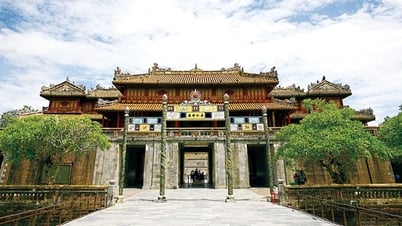

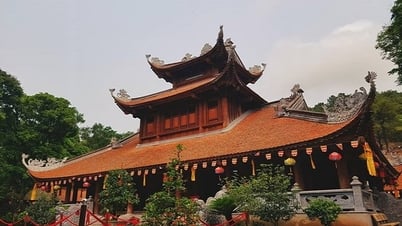

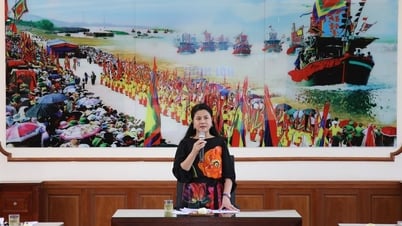



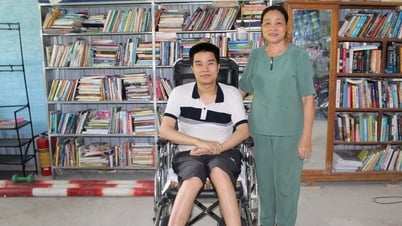

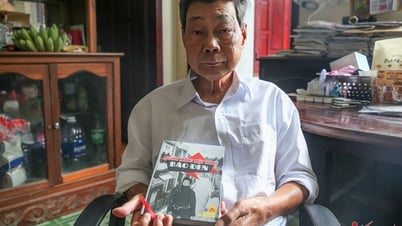



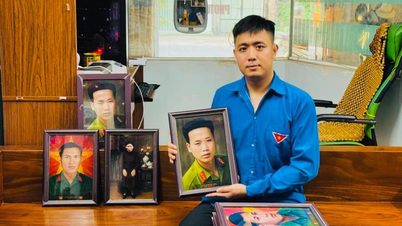








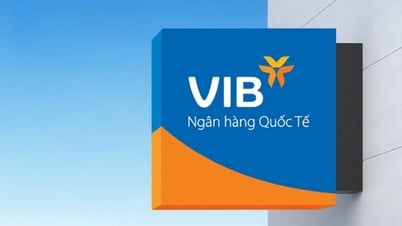




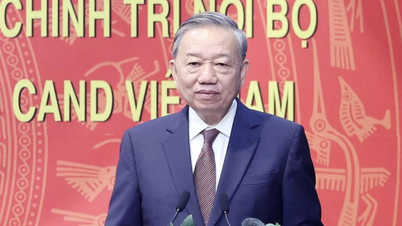
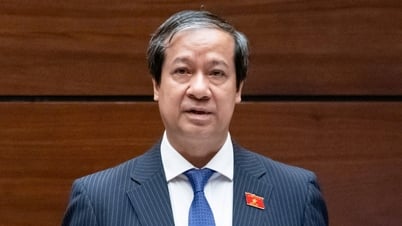
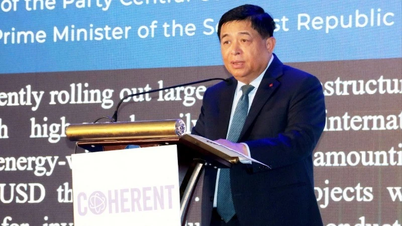

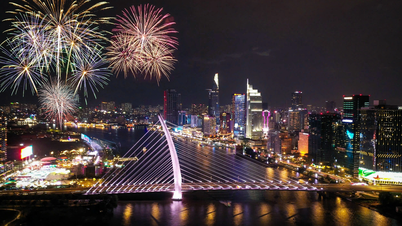
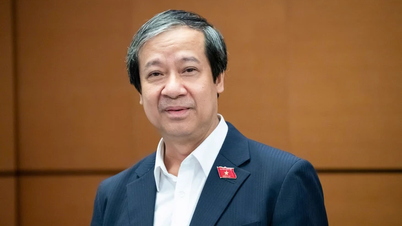




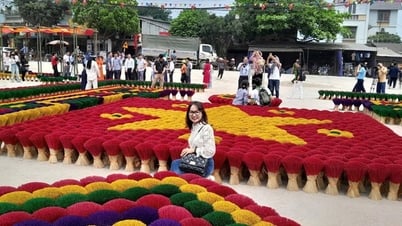
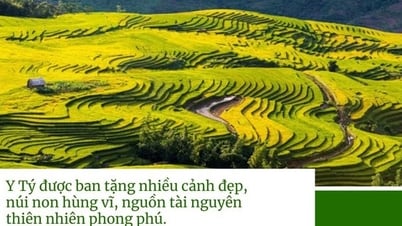




















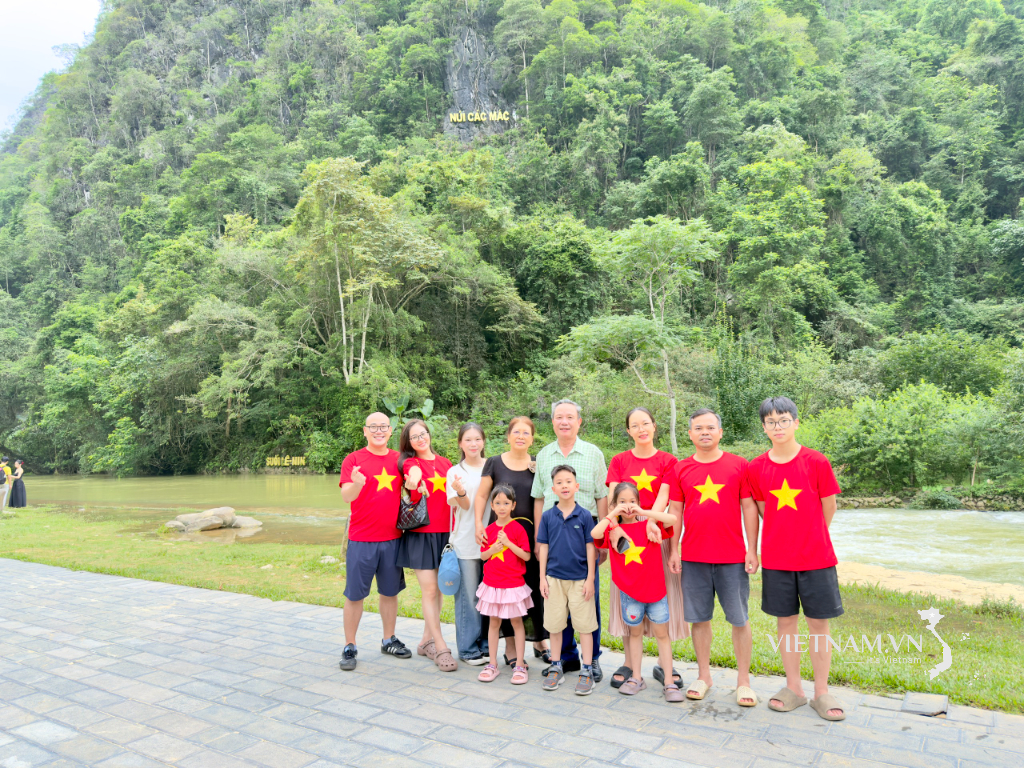



Comment (0)